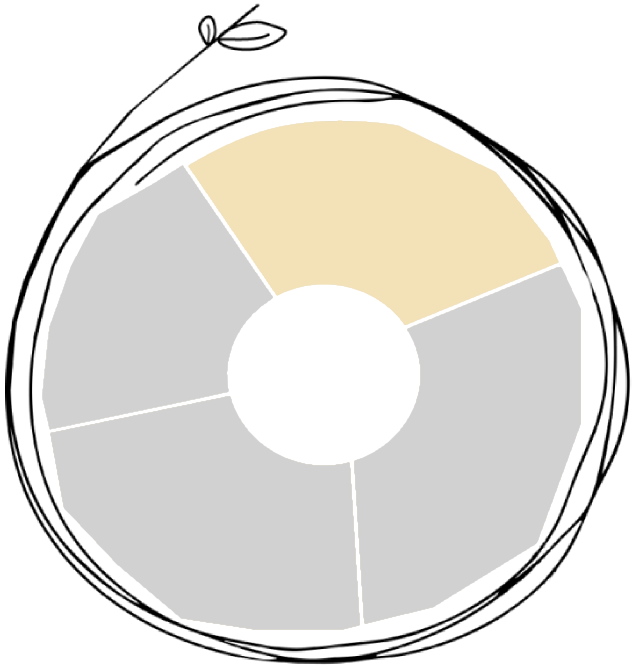
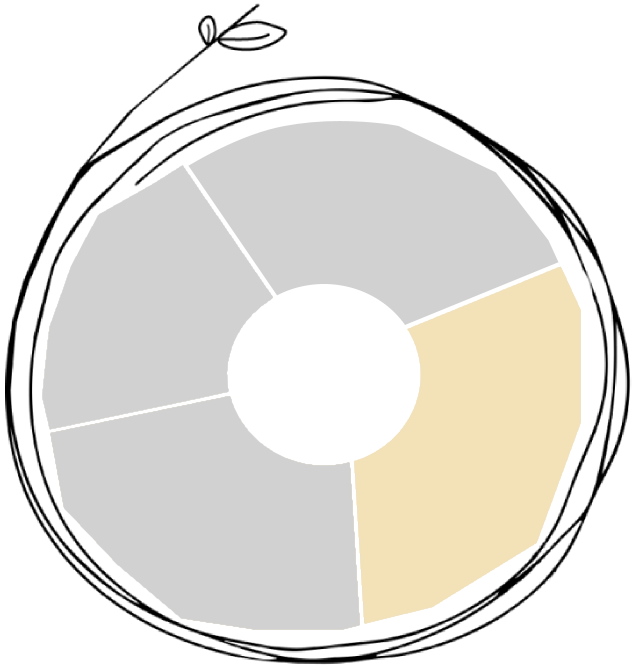
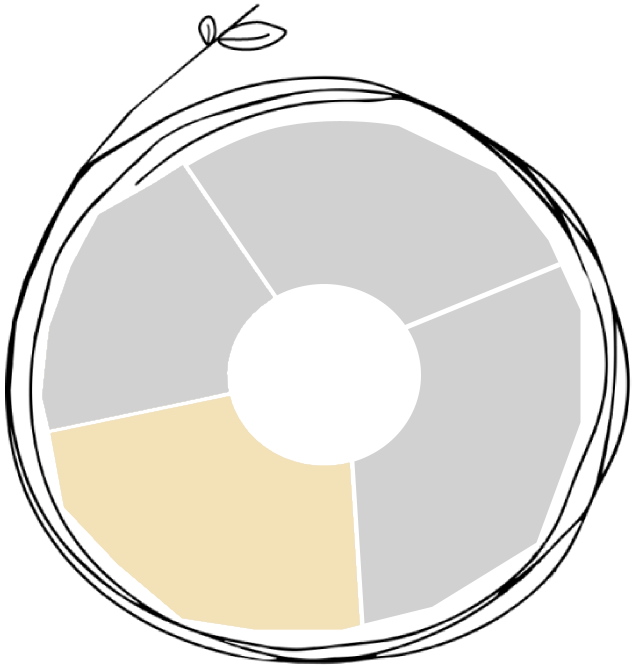
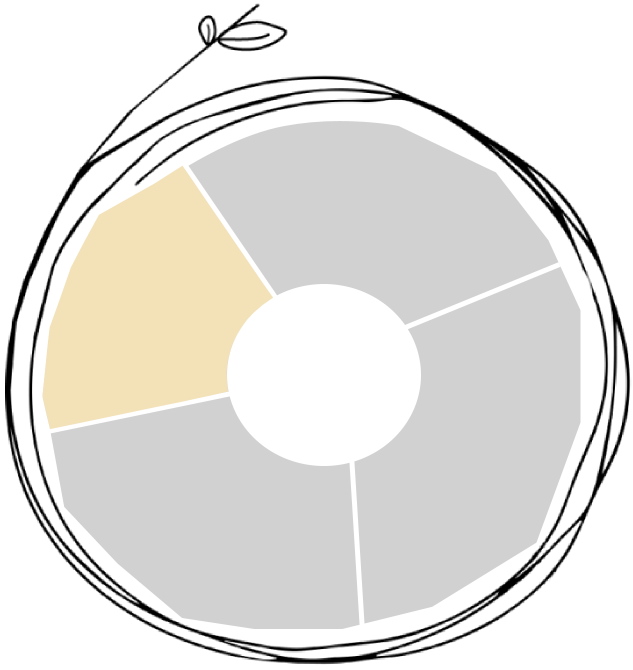

Choose your product
Assess your product
Review Your Readiness
Improve your product
This assessment tool was created using V3.1 of the Cradle to Cradle Certified® standards.
Get to know how far you are in the process of going circular
Congratulations! You have made the most important step towards your circularity journey. During this product-based assessment, you will go through a series of questions to determine your product’s readiness to become Cradle to Cradle Certified®. Some of the questions will be challenging but stick in there, we are in this together.
The only way to experience change is to move forward, if you use your browser to go back or exit the assessment tool, your results will be lost. If you are a circular clothing member, do not forget to log into your account before starting the assessment so your results can be saved.
Here is how it works:
1. Choose your textile category and product
2. Assess your product using guiding Cradle to Cradle® questions
3. Complete the assessment and receive your readiness results
4. Begin your product improvement journey
Time required for the full assessment (estimated): 20mins
START ASSESSMENT




Choose your product
Assess your product
Review Your Readiness
Improve your product
This assessment tool was created using V3.1 of the Cradle to Cradle Certified® standards.
FOR A BETTER PLANET
The current fashion industry and, in particular, the fast-fashion sector, devours resources. It wears people out, poisons ecosystems and destroys the livelihoods of millions.
As much as 60% of all clothes become waste within a year of their production, and 40% of all produced clothes are not even sold nor used*. This is a tremendous waste of resources. Additionally, many of the materials used in the industry are not safe for humans and the environment due to toxic and cancerous substances.
These challenges are pervasive in the fashion industry, and they are very real. For the sake of the planet we want to leave for future generations, we need to rethink how we design, make and use clothes.
We envision a zero-waste textile industry, where existing resources are used in a continuous and closed loop. We want to stop the exploitation of the Earth and preserve our planet for future generations.
Source: *Ellen MacArthur Foundation

USE CIRCULAR ECONOMY
Closing the loop means shifting from a linear to a circular system: from the current ‘take, make, waste’ model towards a closed-loop system or ‘circular economy’.
The circular-economy approach for the textile industry aims to eliminate waste and stop the careless use of resources. From the start, garments are designed for reuse, sharing, repair, remanufacturing, recycling or composting to create a closed-loop system and minimise the use of resource inputs and the creation of waste, pollution, and carbon emissions. Currently, less than 1% of used clothing is recycled and reused for garments. *
We can take this approach one step further by following the biological or technical cycle of the Cradle to Cradle® model. In this model, valuable and proven solutions are used to design fully circular products: no toxins in, no toxins out.
Unfortunately, small textile labels face great difficulties in overcoming the hurdles on their way to becoming circular. So far, only some large companies with plenty of resources have been able achieve a certain degree of circularity. We will change this. By becoming a member of CIRCULAR CLOTHING, small Swiss textile labels can join a network for leveraging buying power. This access to a certified supply chain ensures the requirements to produce and design Cradle to Cradle Certified ® products.
Will you be the next label with a Cradle to Cradle Certified® collection? Join our network and contribute to the paradigm shift in the textile industry.
Source: *Ellen MacArthur Foundation
Cradle to Cradle ® Design defines and develops cyclable products. Compared to conventional recycling, the quality of the raw materials remains intact throughout multiple product lifecycles and, only fully safety-assessed chemicals are used. The products are developed according to the Cradle to Cradle® model in order to maintain the quality of the raw materials over multiple life cycles, taking into account the production processes, use and reutilisation. This means: no waste, as all ingredients are considered nutrients. The right materials are integrated into defined cycles (metabolism) at the right time and place – epeaswitzerland.com
What is the circular economy? The circular economy is based on the principles of designing without waste and pollution, keeping products and materials in use, and regenerating natural systems – ellenmcarthurfoundation.org